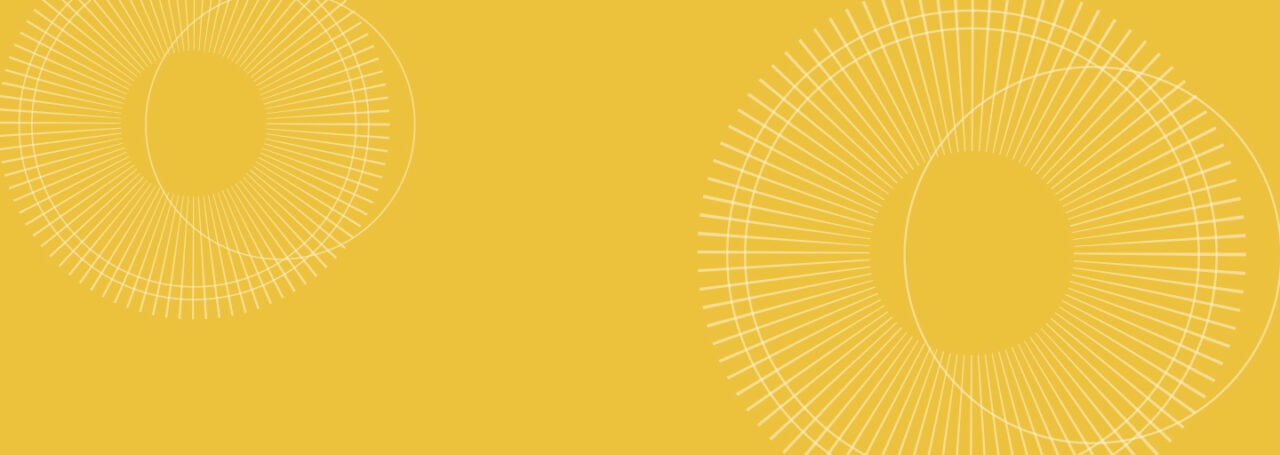
Why the Future of Your Business Is in Demand Forecasting
What Is Demand Forecasting?
Demand forecasting is the act of predicting the demand for your product or service in the future: be it a day, weeks or months ahead. Knowing what kind of demand to expect when gives your company an advantage for both strategic and financial scenario planning. Demand forecasting has become much more accessible with statistical pattern recognition methods in recent years.
Many people believe that the first step into demand forecasting (e.g., revenue or units of a product or service) is to come up with leading indicators of their business and try to use those as an indication of where the business is heading. This is intuitive, but it may not be the most efficient way to create accurate forecasts quickly. This approach misses out on two key ideas you’ll want to grasp about your time series: trend and seasonality.
Understanding Autocorrelation Function and Time Series Seasonality.
Seasonality means any repeated pattern in your time series that regularly occurs at repeated times. Example 1: you want to forecast monthly, and your business sees a spike in the summer but is low in the winter due to weather or temperature. Example 2: you want to forecast a daily time series and your locations are closed on the weekend — clearly you’ll have a repeated pattern of 0 on Saturdays and Sundays.
Two tools that can help you identify your seasonality are called the Autocorrelation Function (ACF) and the Partial Autocorrelation Function (PACF) which calculate the correlation of your time series with different lagged versions of itself. In the first example, you can imagine shifting the monthly time series one month and simply calculating the correlation, recording that number, then repeating (which is all done automatically by the ACF/PACF). You’ll see a large spike in this example at 12 because the time series is shifted by one year, so the correlation will be much higher because the seasonality lines up. ACF/PACF point out this lag of high correlation to you — that’s their job.
Looking at some potential leading indicators to see if they can help you predict your time series — when your time series, without understanding seasonality, will lead to any leading indicator that has similar seasonality to be helpful in demand forecasting. But that’s not a true leading indicator, that’s just a time series that happens to have similar seasonality, and interpreting its high correlation with your revenue or units would be a drastic mistake.
You Want to Understand the Trend in Your Data.
Imagine drawing a smooth, potentially curved line through your time series that ignores the seasonal spikes — that’s what the trend is. Think of it as something close to a smoothed moving average of sorts. This is the “real” component of your time series that you wish to forecast — is the business heading up or down, or is it flat, while taking into account seasonality?
When you combine seasonality and trend, you’ve already got yourself a working demand forecast. Many standard statistical software languages can quickly “decompose” your time series, so that you can break down the variables of trend, seasonality and whatever is left over after trend and seasonality are calculated. From here, you can very quickly extrapolate a simple forecast forward.
Without estimating the trend and seasonality, any potential leading indicators are biased. The danger here is that you’ll think you’re finding some insight into leading indicators, but in reality you’re just conflating seasonal correlation or a generally similar trend versus a true leading indicator of your business. Once you learn to isolate trend and seasonality, you’re on your way to a more accurate and actionable demand forecast.


